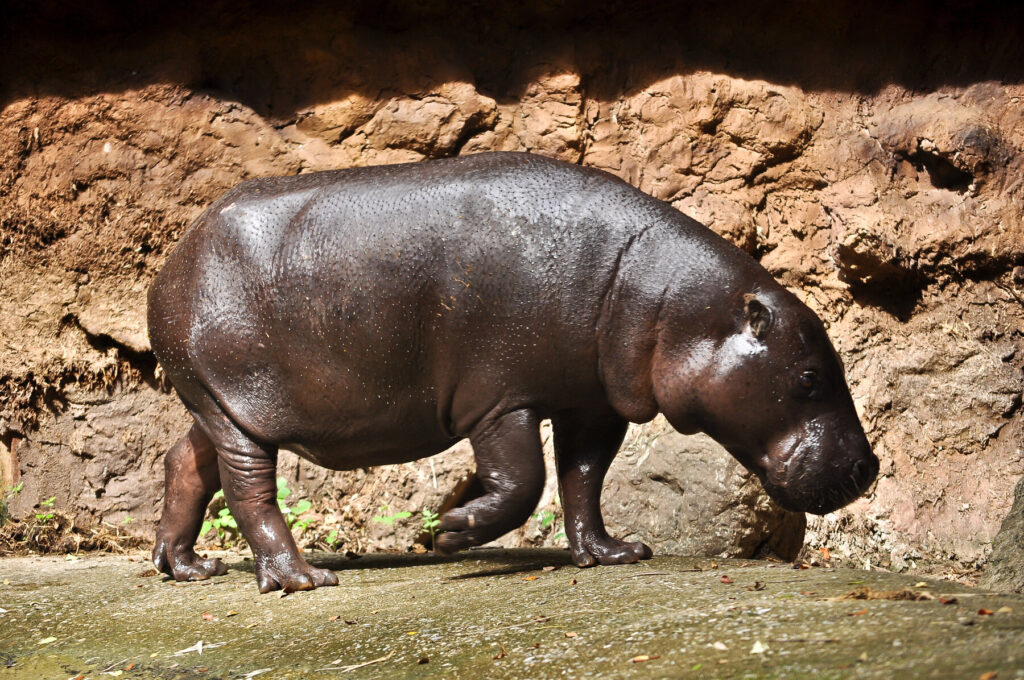2. Etymology
Its name, meaning “Ivory Coast,” came from its trade in elephant tusks, or ivory.
In 1985, Ivory Coast informed the United Nations that it had changed its name to Côte d'Ivoire.
name "Ivory Coast" reflected the major trade that occurred on that particular stretch of the coast: the export of ivory.
Other names for the area included the Côte de Dents, literally "Coast of Teeth", again reflecting the ivory trade.
The name had long since been translated literally into other languages, which the post-independence government considered increasingly troublesome whenever its international dealings extended beyond the Francophone sphere.
Therefore, in April 1986, the government declared that Côte d'Ivoire, would be its formal name for the purposes of diplomatic protocol.

4.Black and White in Color
A not-so-known but proud fact about Ivory Coast; the country has won an Oscar Academy Award for one of its movies.
In 1977, the country became the first black Republic nation and non-English speaking country to win an Academy Award for its French-Ivorian movie “Black and White in Colour.” It won the award for Best Foreign Language film.
7. Taï National Park
Taï National Park includes 5364 km² of primary tropical rainforest and constitutes by far the largest remaining rainforest block in West Africa. The park has a high rate of flora and fauna endemism, with more than 200 plants endemic to West Africa found in the park. 24 bird and mammal species, such as forest elephants, pangolins, pygmy hippos and Jentink’s duikers are unique to the region.

 |  |
8. Football The National Sport
Football (soccer) is the national sport in Cote d’Ivoire, and it is safe to say it is national pride. The men’s football team is nicknamed “the Elephants.”
The Elephants won the biggest tournament on the African continent (AFCON) twice in 1992 and 2015. They have also qualified for the FIFA world cup three times in 2006, 2010, and 2014.
The country has also produced some of the finest footballers on the African continent, including Solomon Kalu, Yaya Toure, Wilfred Bony, and Didier Drogba, among others.


10. Poisson En Papillote
This is one of the most exotic foods in Ivory Coast that you must try. Poisson en papillote has a rich and appealing flavor boosted by the lemon marinade and tomatoes used to prepare it. It goes well with rice, boiled plantain, and atiekke.
The fish is prepared like traditional barbeque fish in foil. Fresh fish is often preferred for this food as it tastes the best. It is a household favorite that often appears at weekend dinners and family gatherings in Ivory Coast.
1.Mitad del Mundo
The translation of Mitad del Mundo is 'middle of the world' and the attraction gained popularity for people wanting to walk on the equator
Ecuador's name comes from the Spanish word for the equator. The country, which straddles the equator, even has a monument built to celebrate its location in the middle of the world, found about 24 kilometres from the capital of Quito in San Antonio de Pichincha